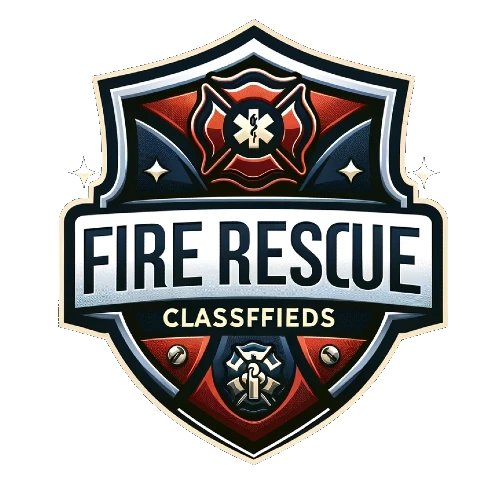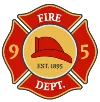- Home//
- Courses//
- About us//
- Contacts//
- Blog//
- News//
- Resources//
- Store//
- Privacy//
Rural Bushfire Preparedness FAQ
What types of fire extinguishers should I have on my rural property?
It's important to have a variety of fire extinguishers suitable for different types of fires. Consider having extinguishers rated for Class A (wood, paper), Class B (flammable liquids), and Class C (electrical) fires.
Example: You might keep a Class A/B/C multipurpose extinguisher in your kitchen, garage, and near outdoor cooking areas.
How can I create defensible space around my property to protect against bushfires?
Use shovels and rakes to clear vegetation and create firebreaks. This helps create a buffer zone between your property and potential fire threats.
Example: Clear a perimeter around your property by removing dead vegetation and maintaining a gap between trees and structures.
What firefighting tools should I have readily available on my rural property?
Essential tools include hoses connected to a reliable water source, chainsaws for clearing brush, and portable water pumps for firefighting efforts.
Example: Keep a hose connected to an outdoor faucet and store chainsaws and water pumps in a designated area for quick access.
How do I use a fire blanket effectively in case of a small fire emergency?
When a small fire occurs, carefully place the fire blanket over the flames to smother them. Always remember to follow proper safety procedures and avoid putting yourself at risk.
Example: Keep a fire blanket in your kitchen and familiarize yourself with its location and proper use.
What should I include in an emergency evacuation kit for bushfire preparedness?
Your emergency kit should contain essential items such as first aid supplies, important documents, non-perishable food, water, and extra clothing to sustain you during evacuation.
Example: Pack your evacuation kit in a sturdy backpack and store it in a readily accessible location near your exit.
How can I stay informed about bushfire conditions and receive emergency alerts in a rural area?
Utilize weather radios and reliable communication devices to stay informed about fire conditions and receive timely emergency alerts from local authorities.
Example: Program your weather radio to receive alerts specific to your area and subscribe to emergency notification services.
What type of personal protective equipment (PPE) is recommended for bushfire preparedness?
Equip yourself and family members with gloves, goggles, and masks to protect against smoke and debris during firefighting or evacuation efforts.
Example: Keep PPE items in a designated area along with your firefighting tools for easy access during emergencies.
What clothing and footwear should I wear during bushfire season to stay safe?
Wear fire-resistant clothing made from materials like cotton or wool, along with sturdy footwear to protect yourself from burns and injuries.
Example: Invest in fire-resistant coveralls, long-sleeved shirts, and boots with good traction for optimal protection.
How often should I review and practice my bushfire emergency plan with my family?
Regularly review and practice your emergency plan with family members or neighbors to ensure everyone knows what to do in the event of a bushfire. Aim for at least twice a year or whenever circumstances change.
Example: Conduct practice drills to simulate different scenarios and reinforce evacuation procedures.
What steps should I take to ensure my rural property is adequately prepared for bushfire season?
Along with having firefighting equipment and an emergency plan in place, regularly maintain your property by clearing dry vegetation, creating firebreaks, and ensuring adequate access for emergency vehicles. Additionally, stay informed about local fire regulations and guidelines.
Example: You might schedule regular maintenance tasks such as clearing brush and trimming trees around your property perimeter during the spring and fall months.









